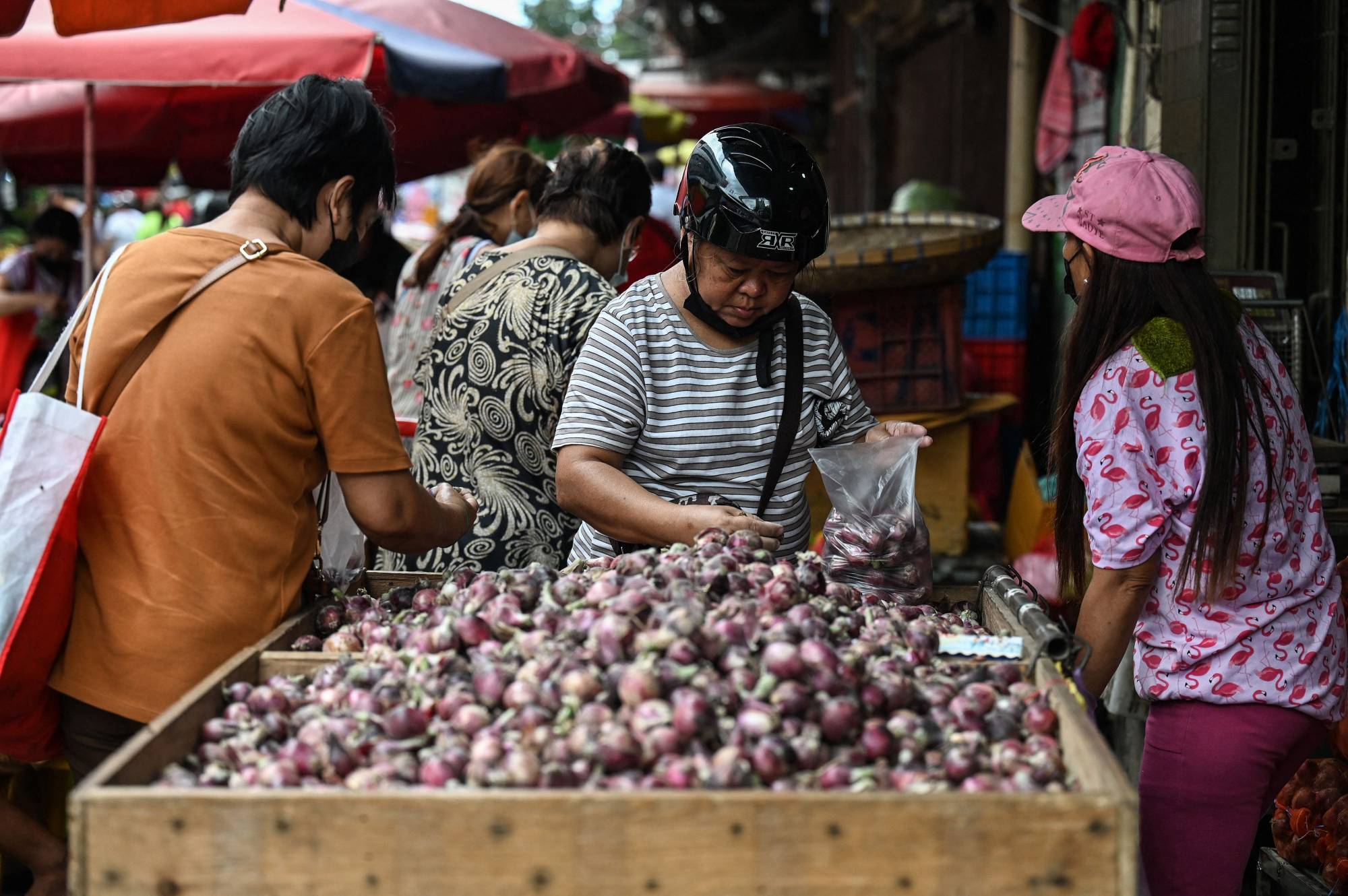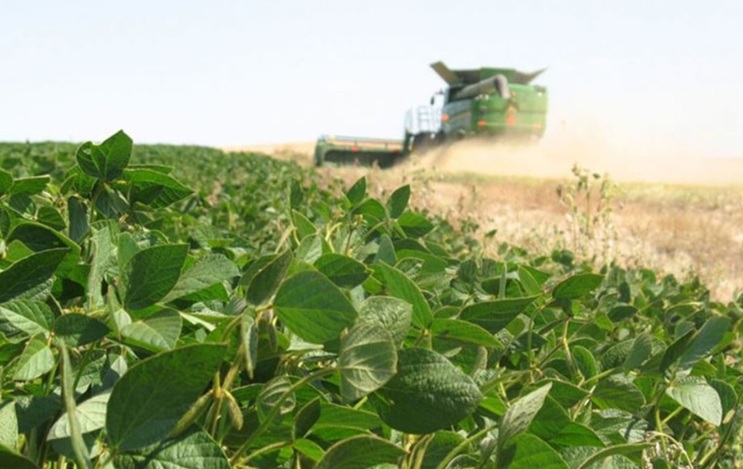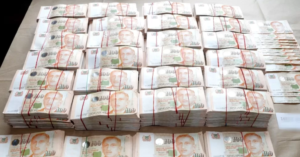The Philippine central bank has announced its readiness to increase interest rates again due to a second consecutive month of rising consumer prices, primarily driven by higher food costs. This decision comes in response to data from the Philippine Statistics Authority, which revealed that a substantial increase in rice prices led to a 6.1% inflation rate in September, the highest in four months.
Despite this, the Bangko Sentral ng Pilipinas (BSP) believes that if there are no more unexpected disruptions in supply, inflation is expected to return to its target range of 2%-4% for the year. However, the BSP has expressed concerns about potential upward pressures on consumer prices, including increased utility expenses, transportation costs, and wage hikes. While there was earlier talk of a possible off-cycle interest rate increase by BSP Governor Eli Remolona, economists consider the likelihood of this happening to be low. Nevertheless, it appears probable that a rate hike will occur at the central bank’s meeting on November 16.
“I think this inflation print is enough to drive one more hike….I doubt an off cycle hike is possible, but 16 November should see one more hike,” stated Shreya Sodhani, a regional economist at Barclays, via email.
The inflation rate for the previous month exceeded both August’s 5.3% and the 5.3% forecasted in a Reuters poll, resulting in a year-to-date average inflation of 6.6%.
Despite maintaining the interest rate at 6.25% in its last four meetings, the central bank has stated its readiness to implement further monetary policy tightening if necessary to prevent a resurgence of inflationary pressures.
In September, rice prices surged by 17.9%, the fastest increase in over 14 years, contributing to a 10% inflation rate for food during the same month. However, there are indications that the inflationary impact of rising rice prices may be subsiding.
The country’s economic planning agency recently announced its recommendation to extend reduced tariff rates on rice until December 2024. This decision came shortly after Philippine President Ferdinand Marcos Jr. removed the cap on rice prices. Despite ample rice supply, Marcos attributes the rise in the cost of rice to hoarding, smuggling, and price manipulation.
On the whole, the Philippines witnessed a slight moderation in underlying inflation pressures, with core inflation, which excludes volatile food and energy prices, decreasing from 6.1% in August to 5.9% in September.
Commenting on the situation, ING Economist Nicholas Mapa suggested that these developments in inflation data and the shift in the inflation trajectory may lead to one or two interest rate hikes later this year, with timing possibly influenced by a potential Federal Reserve rate hike in early November.
(Source: Neil Jerome Morales | Mikhail Flores | Karen Lema | Martin Petty | Christian Schmollinger | Reuters)







